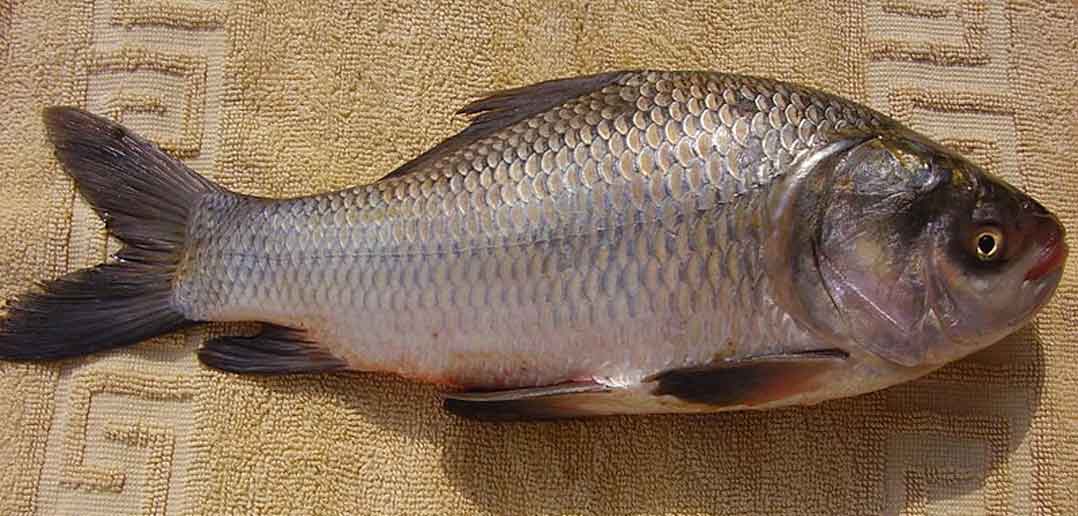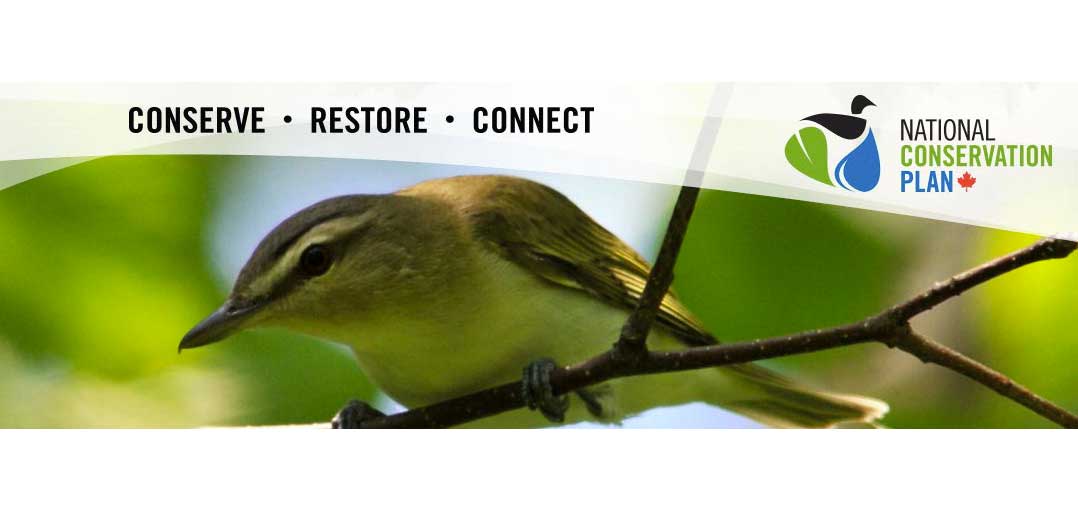CHICAGO—While the United States Army Corps of Engineers (USACE) has now posted a summary of comments made by the public on the Great Lakes Mississippi Interbasin Study (GLMRIS) report, no action on the options provided has been taken, leaving all the Great Lakes in jeopardy of being invaded by Asian carp.
“I read the summary article and had known the statistics regarding the public’s comments on the Great Lakes Mississippi River Interbasin Study (GLMRIS) report,” stated Mary Muter of the Sierra Club of Ontario and Restore Our Water International (ROWI). The USACE posted comments submitted and recorded for the administrative record during the public comment period. The GLMRIS report outlines eight potential plans within the Chicago Area Waterway System (CAWS) to address the transfer of aquatic nuisance species, such as Asian carp, between the two barriers.
“Emphasis was placed on the public meetings from Traverse City, Michigan and down to New Orleans to obtain comments from people,” said Ms. Muter, quoting from the article. “It doesn’t really mention (USACE) consultation with the Great Lakes St. Lawrence Cities group, and nothing in the report mentions the threat Asian carp pose for Canadian waters.”
“Personally, I care less about the people of Mississippi about Asian carp posing a threat because they (Asian carp) are already present there,” said Ms. Muter. “My major concern is that something is done so that they don’t pose a risk for Canadian waters on the Great Lakes.”
“As you know we also pushed for a meeting with USACE to be held in Toronto, but this isn’t commented on in the summary either,” said Ms. Muter. “Four public meetings were held (a couple of years ago) on water levels along Georgian Bay (including Manitoulin Island) where they had crowds of 300, at least, with the highest (attendance number) being 600. If they held public meetings around Georgian Bay on the issue of Asian carp I’m sure these attendance figures would be similar and maybe even exceed the numbers of the previous meetings.”
Dave Wethington, GLMRIS program manager, said in the USACE release that the document is intended to provide a synopsis of the public dialogue following the release of the GLMRIS report, including opinions regarding possible future preventive actions. “The comments submitted reflect passion about preserving valuable natural resources and the vitality of our shared waterways.”
The report points out more than 1,600 comments were submitted from more than 1,800 individuals, organizations, state and local government agencies from 43 states, and the Canadian provinces of Ontario, Quebec and British Columbia. It does not include input that was provided through letter writing campaigns.
More than half of the individual comments came from Michigan, Illinois, Ohio and Indiana. Among the general themes from individual respondents, more than 98 percent of the commenters expressed support for the need to control aquatic nuisance species; 40 percent favoured an alternative that involved some type of physical separation and 35 percent wanted an alternative that maintained current uses of the CAWS, predominantly navigation. Most of the commenters did not indicate a specific plan. Physical separation plans were mentioned most often at 12 percent.
The alternatives presented in the GLMRIS report range from continuing current efforts like the operation of electric barriers in the Chicago Sanitary and Ship Canal, to hybrids of technologies and physical barriers to a complete hydrologic separation of the two basins with physical barriers. Costs of projected construction plans could run as high as $18 billion.
Although the report is not a decision document, it includes an evaluation matrix of the alternatives to provide as much detail as possible for decision makers.
Sarah Gross, spokeswoman for the USACE Chicago district, said the summary shows the complexities inherent in the study and that no clear consensus has been reached.
The USACE took note of the organized signature campaigns of two environmental groups: the Sierra Club petition which drew more than 2,300 signatures and a Clean Wisconsin petition signed by more than 5,000 people, both advocating for the physical separation of Chicago’s waterways from Lake Michigan.
Ms. Gross said the comments will provide Congress, “with a snapshot of the region’s sentiment reading the various alternative control plans.” She said that until consensus is reached on a plan, the USACE will continue to operate electric barriers in waterways and track carp populations.
“To prevent Asian carp from reaching Canadian waters may require changes in shipping models, using marine railways, which can be built and separate the water bodies and it wouldn’t cost billions, but millions,” asserted Ms. Muter. “The fishing industry is a $7 billion dollar a year industry so it makes economic and environmental sense to do something like this.”





